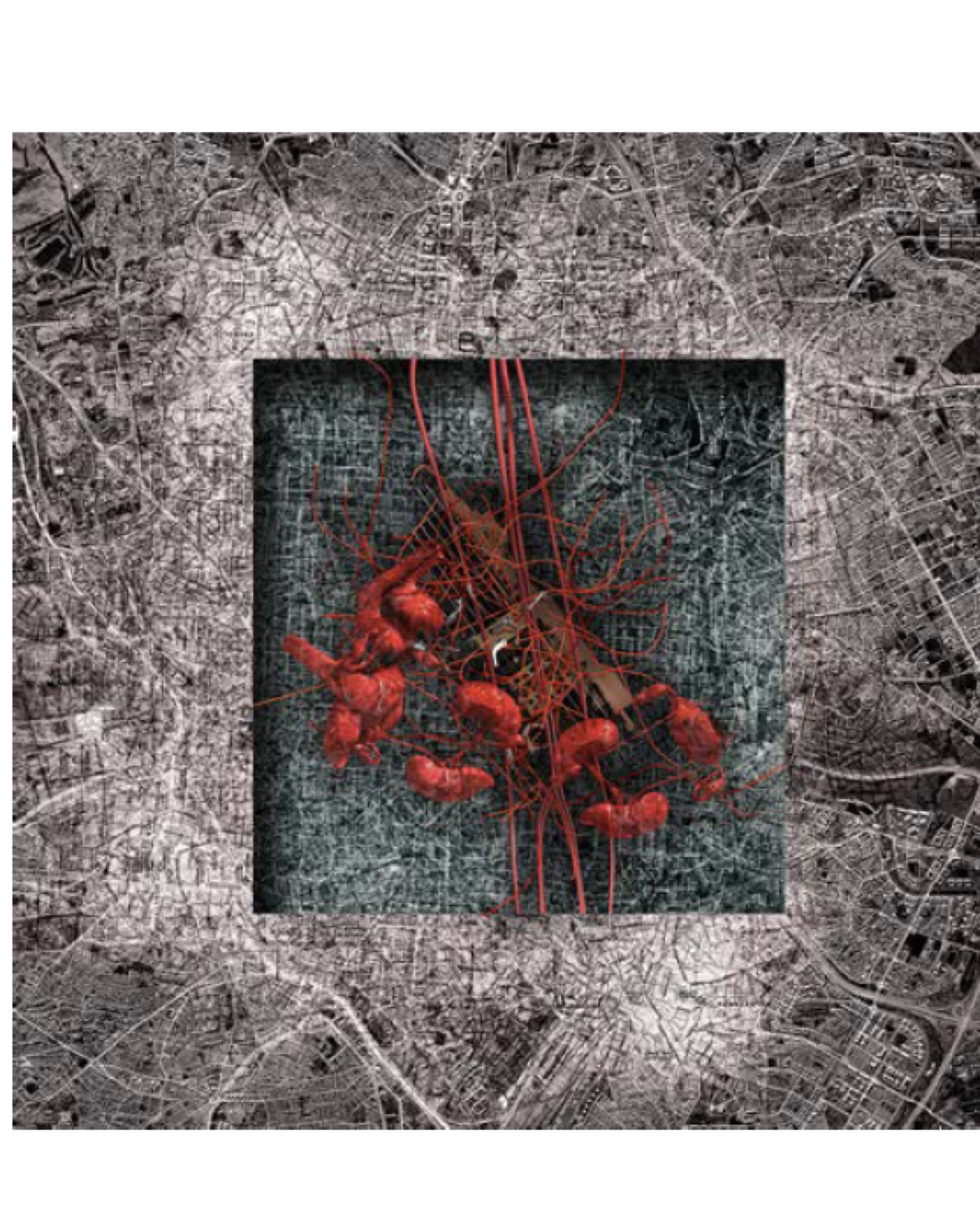Citadels
an urban development strategy in mexico city
DOI:
https://doi.org/10.24275/IKMJ7544Keywords:
cluster, city of knowledge, peripheral global city, dual cityAbstract
This paper shows that the urban development strategy of the governments of Mexico City (the Federal District) from 1997 to date, has been oriented towards the citadels, that is, urban development models focused on the territory, and which, moreover, with few exceptions, has privileged already consolidated or medium-consolidation areas. This has implied the neglect of a pattern of development focused on the most backward areas of the east and south and, consequently, reinforces the increase in urban heterogeneity and social inequality.
Published
How to Cite
Issue
Section
License
Copyright (c) 2018 ANUARIO DE ESPACIOS URBANOS. HISTORIA, CULTURA Y DISEÑO

This work is licensed under a Creative Commons Attribution-NonCommercial-ShareAlike 4.0 International License.









